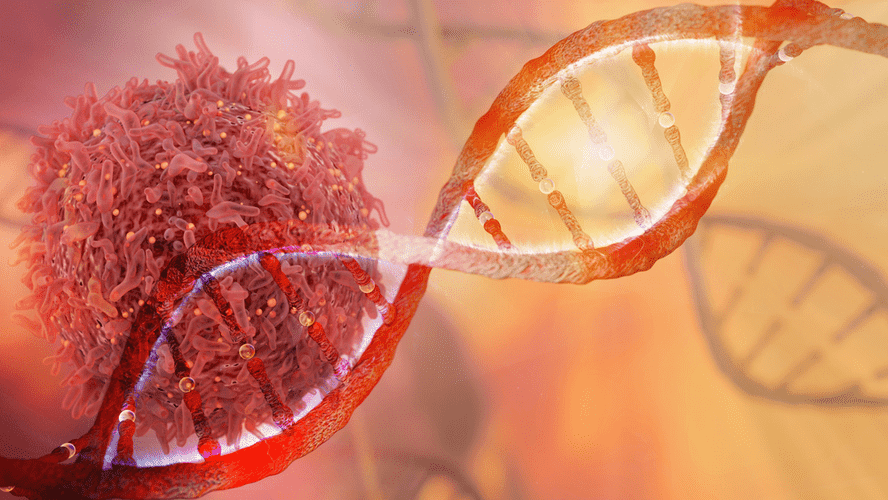Alcohol increases the risk of several other short- and long-term health issues. Research shows people who have a supportive social network are more likely to remain alcohol-free after withdrawal. For those with alcohol use disorder, withdrawal is just the first (but very important) step on a long journey to recovery. These first few weeks are critical because they are when the risk of relapse is highest. Over time, however, the body builds a tolerance to alcohol, and a person may have to drink more and more to get the same feeling.

Rossinen 1997 and Van De Borne 1997 reported withdrawal of vagal tone and reduced heart rate variability within an hour after alcohol consumption; this explains the increased heart rate. Buckman 2015, Van De Borne 1997, and Fazio 2001 also reported reduced baroreflex sensitivity following alcohol consumption. Impairment of baroreflex sensitivity results in failure to sense the increase in heart rate and maintenance of cardiovascular homeostasis. Kawano 2000 reported a reduction in plasma potassium levels after alcohol consumption, which might provide another reason for the increase in heart rate. There is likely a dose‐response effect of alcohol on BP, as the effects of alcohol appeared to last longer with higher doses. We intended to find out the dose‐dependent changes in SBP, DBP, mean arterial pressure (MAP), and HR after consumption of a single dose of alcohol.
Outlook for alcohol withdrawal syndrome
Because all of our outcomes of interest provided continuous data, we used the inverse variance approach and a fixed‐effect model to combine effect sizes across studies. Two review authors (ST and CT) performed data extraction independently using a standard data collection form, followed by a cross‐check. In cases of disagreement, the third review authors (JMW) became involved to resolve the disagreement. When necessary, we contacted the authors of studies for information about unclear study design. All extracted data were entered and double‐checked in RevMan 5.3 software (Review Manager (RevMan)).

Karatzi 2005 mentioned the method of blinding of participants, but it is not clear whether involved personnel were blinded as well. The method of blinding of participants and personnel was not mentioned in Dumont 2010, Mahmud 2002, and Maule 1993. In Cheyne 2004, participants were blinded to the content of the drink, but some reported that they were able to detect the alcohol by taste at the end of the study. We also calculated SD if 95% CI, P value, or t value was reported in the included studies, according to Chapter 7 of the Cochrane Handbook for Systematic Reviews of Interventions (Higgins 2011).
Wilson 2014 published data only
Some people can be treated at home, but others may need supervised care in a hospital setting to avoid potentially dangerous complications such as seizures. When this happens, your central nervous system can no longer adapt easily to the lack of alcohol. If you suddenly stop drinking or significantly reduce the amount of alcohol you drink, it can cause AWS.
- Alcohol diminishes the baro (presso) reflex by interacting with receptors in the brain stem, i.e. nucleus tractus solitarii and rostral ventrolateral medulla[43].
- An increase in sympathetic activity is consistent with impairment of the baroreceptors that, when activated, inhibit the sympathetic nervous system[45,47].
- Adjustment for PDD accounted for most of the initial change in systolic and diastolic pressure.
- All individuals in a position to influence the content of this activity were asked to complete a statement regarding all relevant personal financial relationships between themselves or their spouse/partner and any commercial interest.
- Our study suggests that, at least among dependent drinkers, alcohol consumption has similar effects on blood pressure regardless of sex.
A good way to think of this is as a gas (sympathetic) and brake (parasympathetic) in a motor vehicle. To understand how much alcohol is too much, it may be helpful to know the definitions of excessive drinking. There are several possible mechanisms through which alcohol can raise the alcohol lowers blood pressure blood pressure as shown in Figure Figure11. Articles are selected for credit designation based on an assessment of the educational needs of CME participants, with the purpose of providing readers with a curriculum of CME articles on a variety of topics throughout each volume.
Think you have a drinking problem?
With alcohol out of the equation, though, these chemicals cause withdrawal symptoms. We created three SoF tables to show the certainty of evidence and the summary of effects on outcomes of interest (SBP, DBP, and HR) for high (Table 1), medium (Table 2), and low doses (Table 3) of alcohol. Dumont 2010, Karatzi 2013, Kawano 1992, and Williams 2004 reported reasons for participant withdrawal and excluded their data from the final analysis. Data were balanced across groups, hence missing data did not affect the final results. We contacted the study authors for missing or unclear information relevant to the review using contact information provided in their respective articles.
The magnitude of the effects of alcohol on blood pressure and heart rate varies, based possibly on genetic factors and on the amount of alcohol consumed. Strengths of this study included the use of a large trial database with repeated and detailed assessment of daily alcohol use over time, repeated blood pressure measurement, and adequate representation of women and several ethnic groups. This allowed an exploration of how these and other variables interact over time. The main limitation of the study is the non-standardized measurement of blood pressure. We were able to correct for some potential bias by adjusting for study site, but measurement error was inevitable since the COMBINE Study was not designed to assess blood pressure as a treatment outcome.


